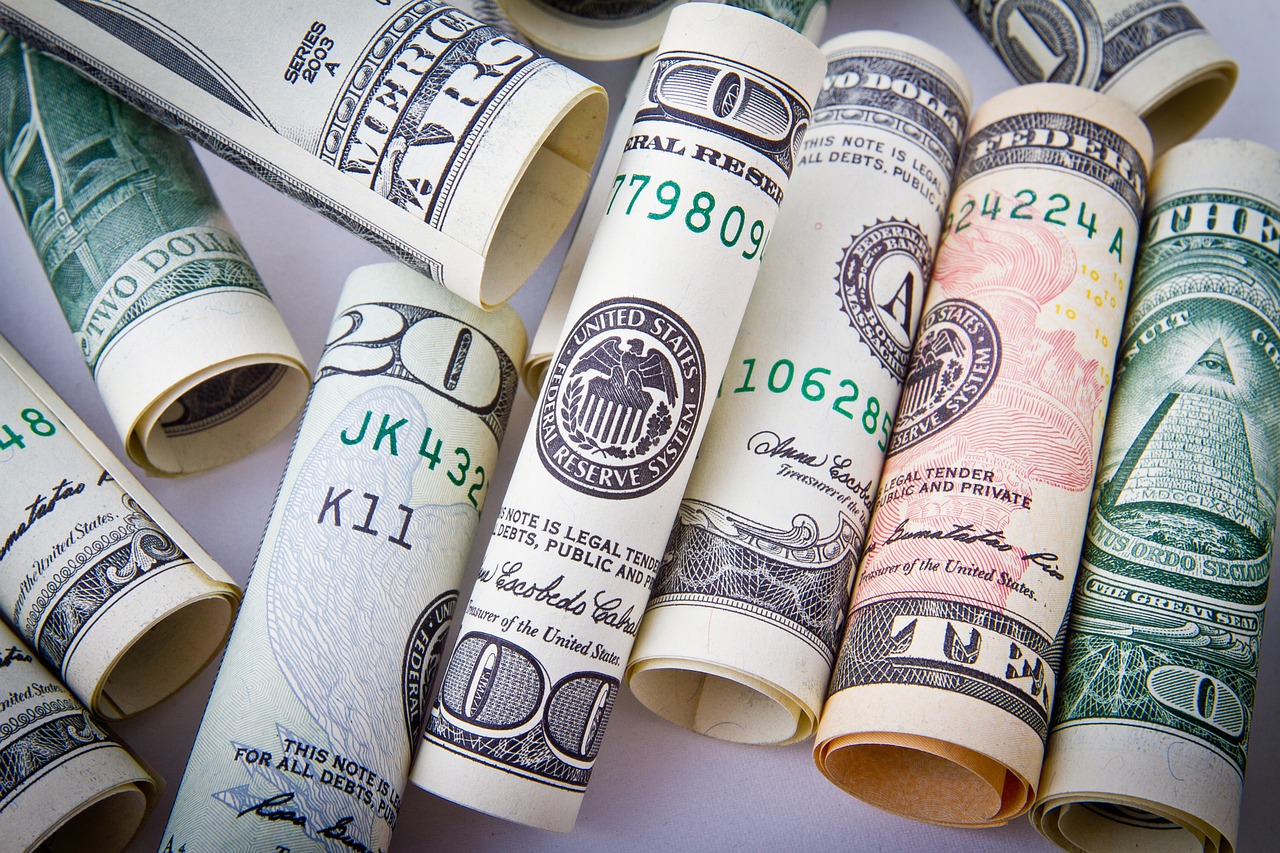In the midst of a global landscape characterised by mounting inflationary pressures, geopolitical tensions, and various economic challenges, foreign currency reserves play a crucial role in safeguarding a nation’s economic stability.
With this in mind, FOREX.com commissioned an analysis of the foreign exchange reserves held by 94 countries between Q1 2019 – Q2 2023, to identify which country has the largest forex reserves.
Key findings:
- The People’s Republic of China (PRC) had the highest foreign exchange reserves in Q2 2023, at $3.1 trillion USD ($3,192,998,000,000)
- China shows the lowest volatility (standard deviation) in terms of the rate of change, experiencing the lowest maximum decrease of approximately -4.12%
- Forex reserves in Japan outranked the Republic of Korea (ROK) by almost two-thirds (64%) in Q2 2023
- Switzerland shows the highest volatility in terms of the rate of change, experiencing the highest maximum increase of approximately 13.26%
The Results

Ranking tenth is Brazil, with $291.5 billion USD held in foreign exchange reserves in Q2 2023 ($291,512,600,000). This is over four fifths more than the forex reserves held by Colombia in the same period, at $52.9 billion ($52,936,430,000).
The People’s Republic of China (PRC) held $3.19 trillion USD in forex reserves
FOREX.com can reveal that in Q2 2023, the People’s Republic of China (PRC) held the largest foreign exchange reserves of all countries analysed, with more than $3.19 trillion USD ($3,192,998,000,000). This is almost triple the forex reserves held by Japan in Q2 2023, at $1.12 trillion USD ($1,120,152,000,000).
Interestingly, the Hong Kong Special Administrative Region (HKSAR) held a significantly smaller level of foreign exchange reserves ($400,522,000,000), which is 87% less than the People’s Republic of China.
As well as this, China shows the lowest volatility (standard deviation) in terms of the rate of change, experiencing the lowest maximum decrease of approximately -4.12%. Wang Chunying, a spokesperson from the forex administration, said that coronavirus flare-ups and expectations of monetary policy shift in some major countries has caused the US dollar index to fall, which has resulted in the “valuation rise” of non-US dollar currencies and contributed to the upward trend of China‘s foreign exchange reserves.1
Japan outranked ROK by almost two-thirds in foreign exchange reserves
Japan ranks second with $1.12 trillion USD held in forex reserves ($1,120,152,000,000) in Q2 2023. In comparison, Japan outranked the Republic of Korea (ROK) by almost two-thirds, with the eighth-place country holding $396.1 billion USD in the same period ($396,155,000,000). FOREX.com found that Japan had its reserves above the mean 11 times and below the mean 6 times.
It’s reported by ministry officials that interest earned on foreign bold holdings, declines in overseas yields, appreciation of the euro against the dollar, and higher gold prices are the metrics that drove up Japan’s foreign exchange reserves.2
Switzerland has the highest forex reserves volatility (standard deviation)
Ranking third is Switzerland, with $809.2 billion USD held in foreign exchange reserves in Q2 2023 ($809,213,980,000). This is almost triple the forex reserves held by the Euro Area in the same period, at $292 billion USD ($292,091,120,000). The Swiss National Bank (SNB) utilised FX interventions to challenge the eurozone debt crisis and the COVID-19 pandemic, which increased appreciation pressures on the Swiss franc.3
Switzerland has the highest volatility (standard deviation), followed by Japan and China. This suggests that these countries experience larger fluctuations in their reserves, which could be due to a variety of factors like economic conditions, trade balances, or monetary policy changes. As well as this, Switzerland shows the highest volatility in terms of the rate of change, experiencing the highest maximum increase of approximately 13.26%.
Foreign Exchange Reserves Image by NikolayF.com from Pixabay

Leave a Reply